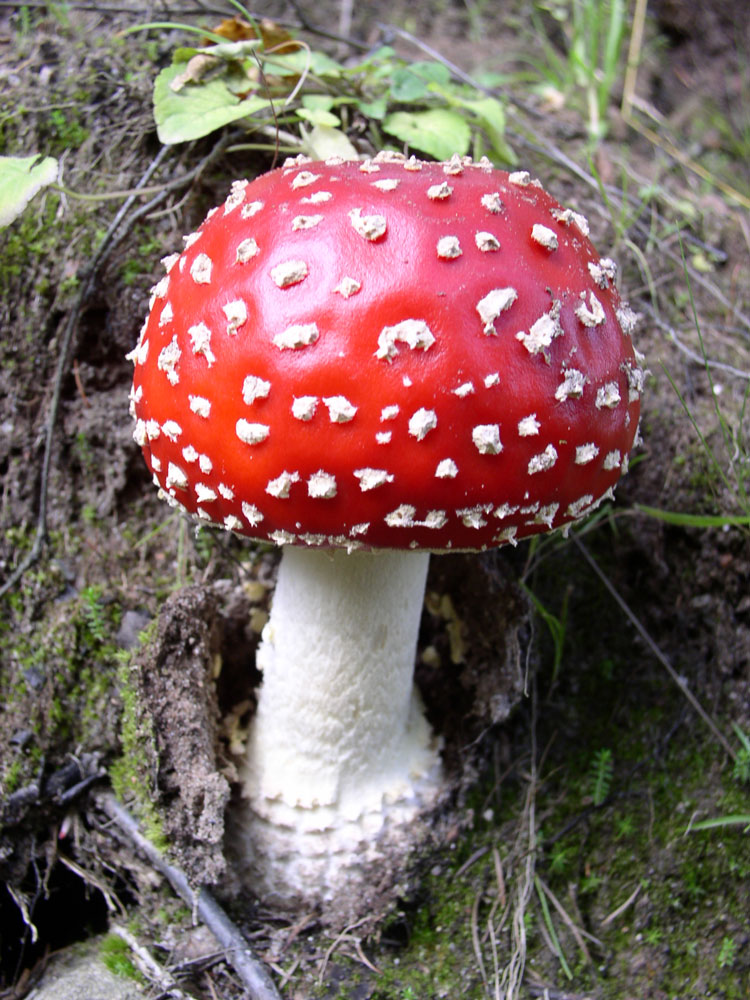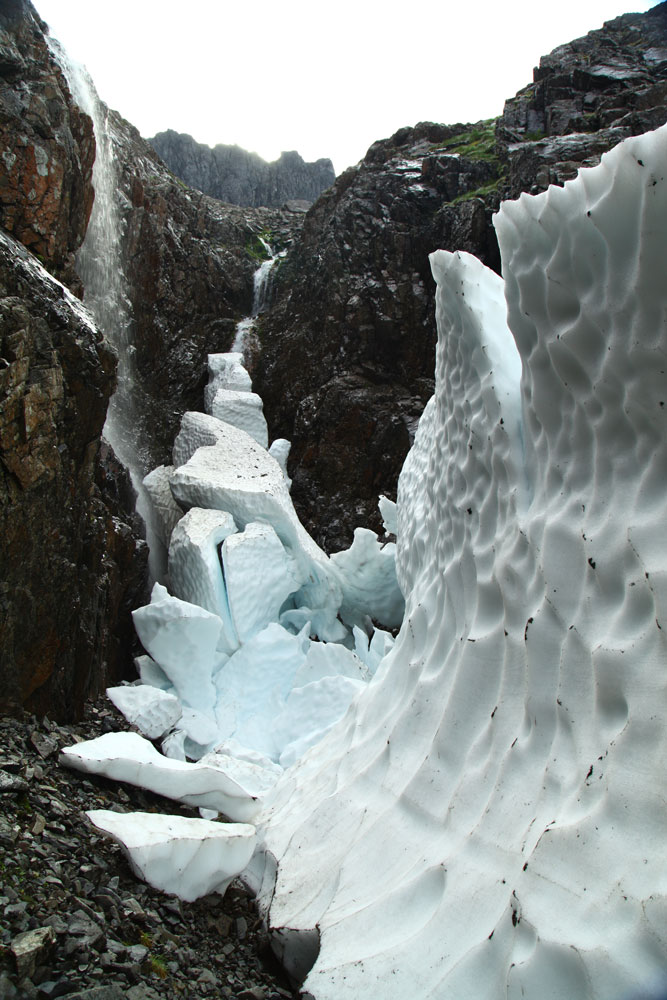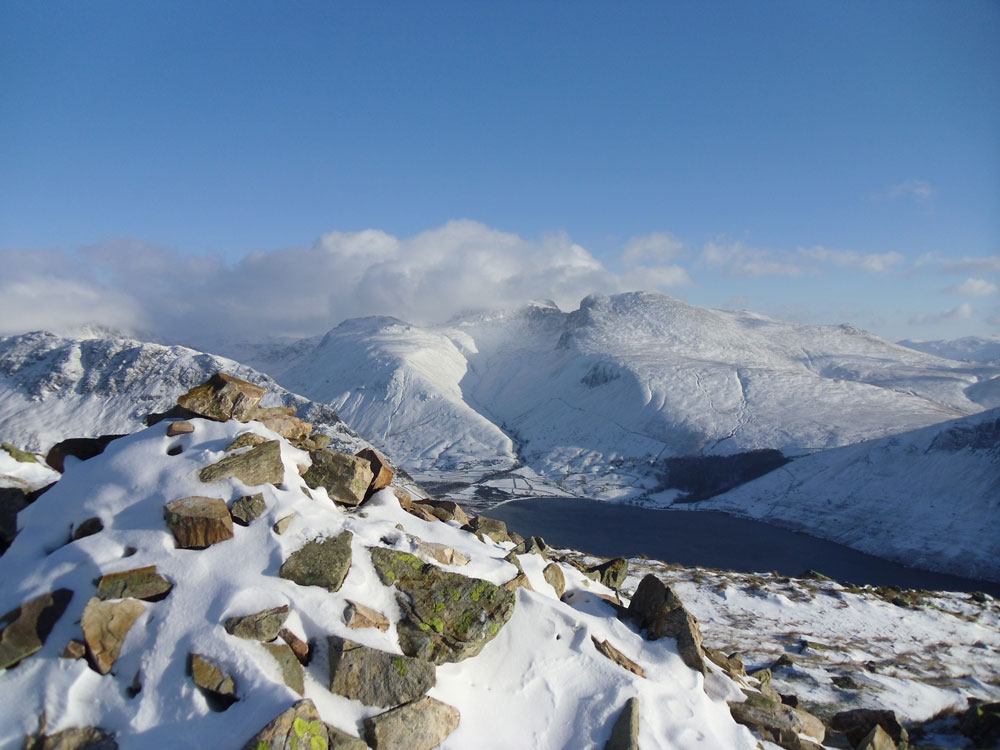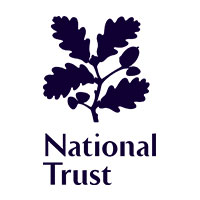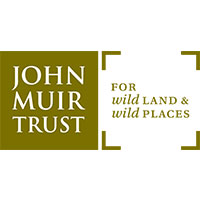Plan Your Three Peaks Challenge…
-

Height: 1344 m (4409 ft)
Grampian Mountains, Scottish Highlands
Highest mountain in Scotland
-
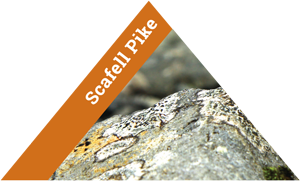
Height: 978m (3209 ft)
Lake District, Cumbria
Highest mountain in England
-
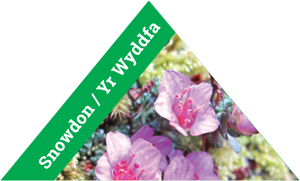
Height: 1085 m (3560 ft)
Snowdonia National Park, North Wales
Highest mountain in Wales
The key to a successful Three Peaks Challenge is pre-planning, and that’s where we’re here to help!
On our website you’ll find all the resources and information you’ll need to plan everything from route choice to rubbish disposal!
Three Peaks Challenge Guidelines [pdf download]
So why are we providing all this super useful information and advice? The Three Peaks Partnership is made up of the organisations and charities responsible for managing the three mountains on which the Challenge takes place. Up to 30-40,000 people take part in the Challenge every year and unfortunately in recent years poorly planned groups have had a huge negative impact on these mountains.
Don’t be part of this unpopular minority!
Find out how to plan your challenge
Register your challenge and get detailed advice and handy local tips and updates
LATEST FROM THE BLOG
Scafell Pike Great Gift Project
Scafell Pike Great Gift Project 2018
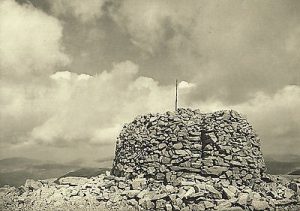
During the spring and summer of 2018 the National Trust West Lakes Ranger team and Volunteers will be working on Scafell Pike as part of the great gift project.
The land above the 2000ft contour was presented to the National Trust by Lord Leconfield, “in perpetual memory of the men of the Lake District who fell for God and King, for freedom peace and right in the Great War 1914 – 1918.”
The Summit Cairn:
Why does it need re-building?
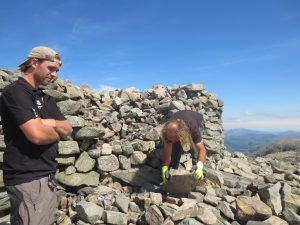
An estimated 250,000 people visit the summit of Scafell Pike annually, in recent years there have been a number of ‘rushes’ i.e. collapses where the retaining side walls have collapsed. These have been fixed by the Ranger team, but there is a need for some more substantial through stones in the structure in order to make it more stable to support the amount of visitors climbing it each year.
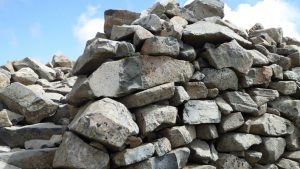
We will also be repairing erosion on the footpaths that were part of the great gift.

The reason for the erosion repair is the sheer volume of people spreading out across the boulder fields on the steep approaches to the summit. This has resulted in scarring some 10m wide in places which has, in turn, damaged the extremely valuable montane vegetation. Species affected include the nationally rare wooly hair moss along with dwarf willow and other remnant arctic plants.
The team will work mostly with local materials with the aim of narrowing the paths down and defining them across the scar. This will hopefully provide a more sustainable route (although not maintenance free) and allow the path edges to slowly re-vegetate. The photo shows a finished example of repair using these techniques on Broad Crag.
The team is planning to spend approximately 200 days working on both the cairn re-build and the erosion repair. So if you’re passing give us a wave (or a biscuit!)



